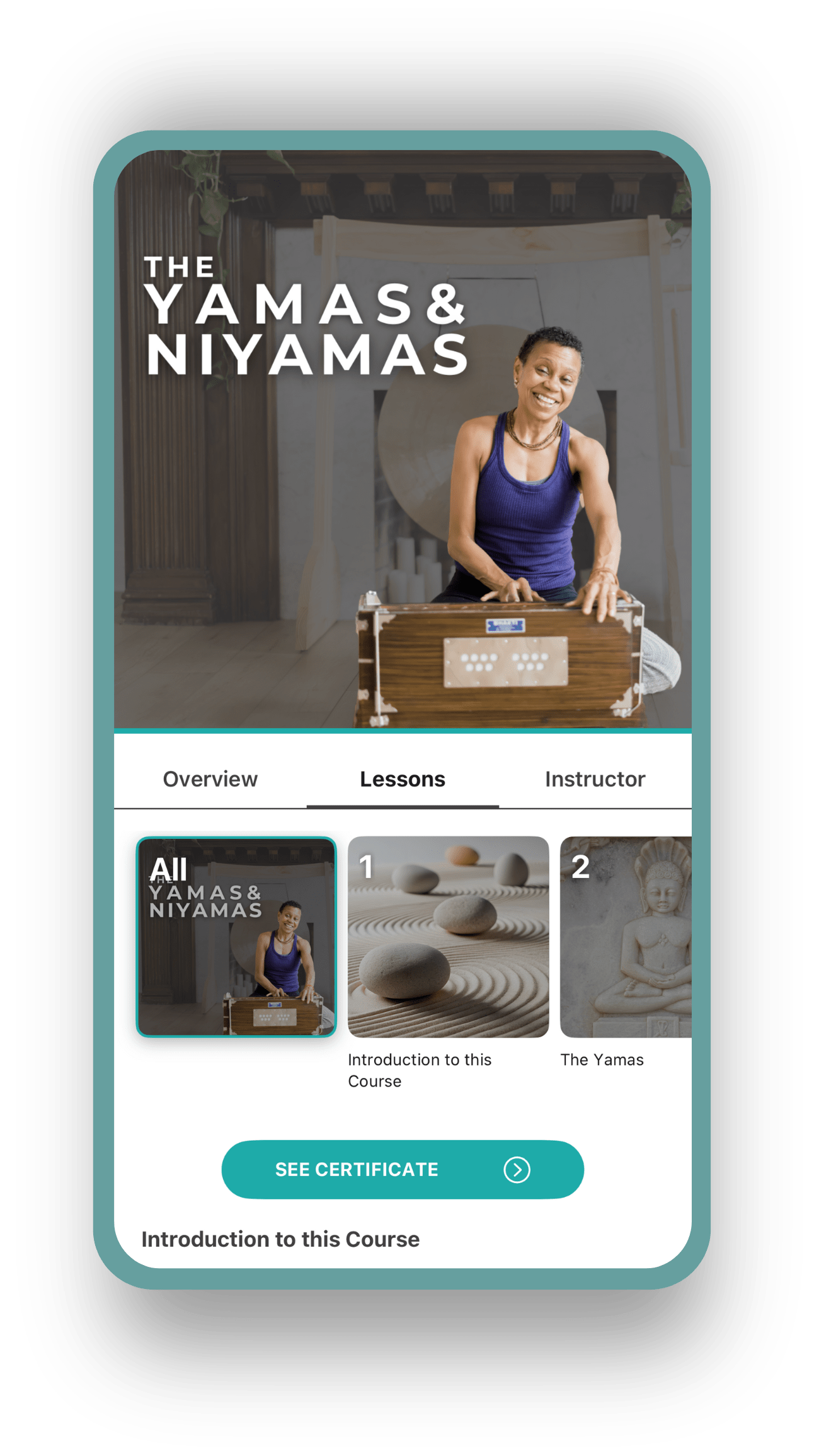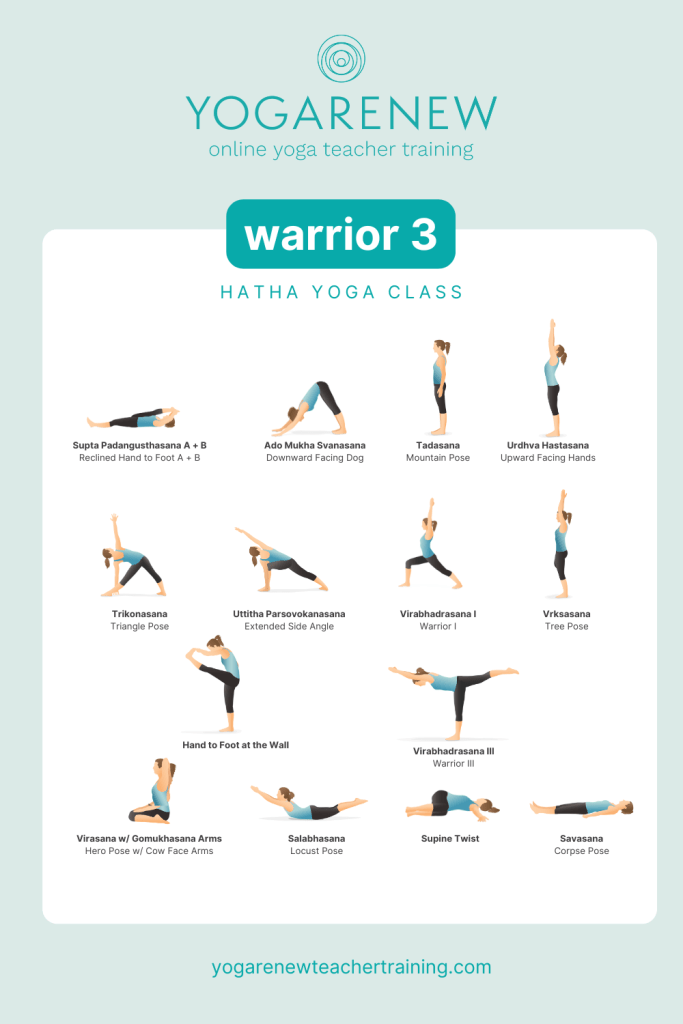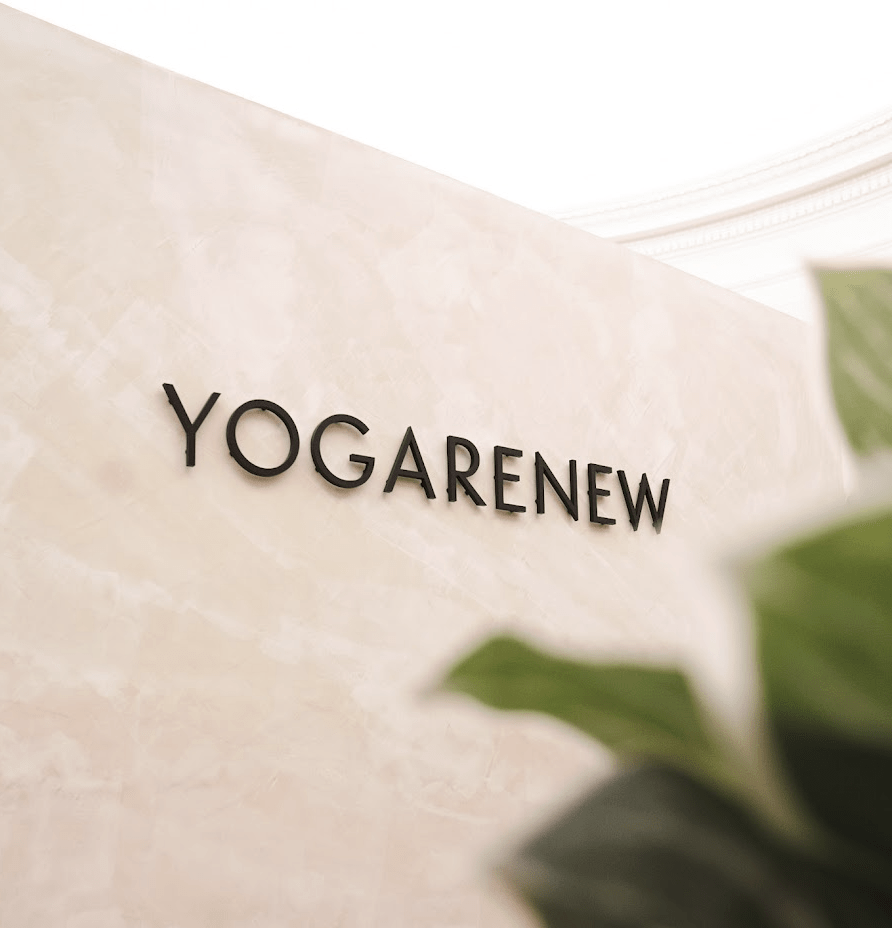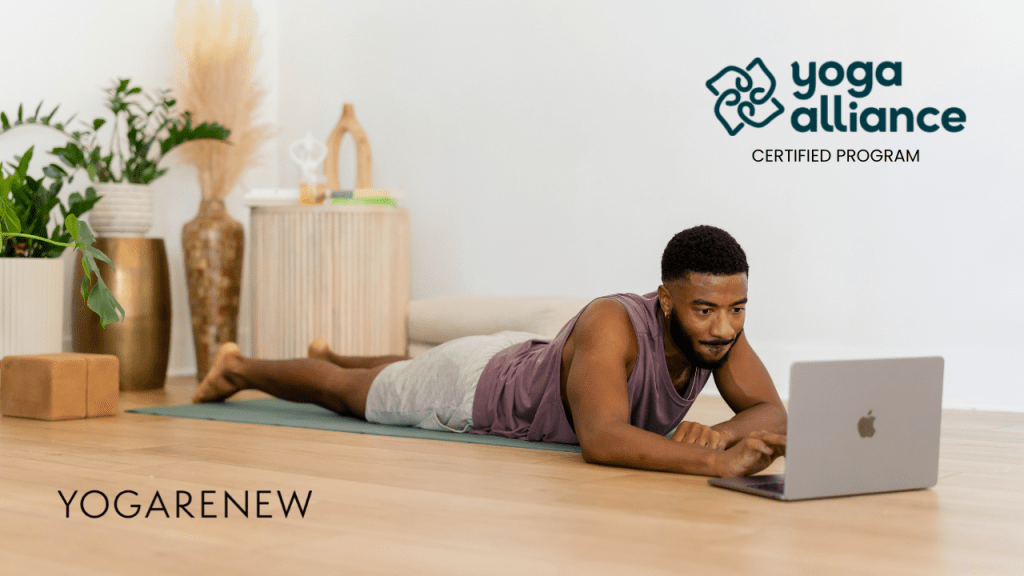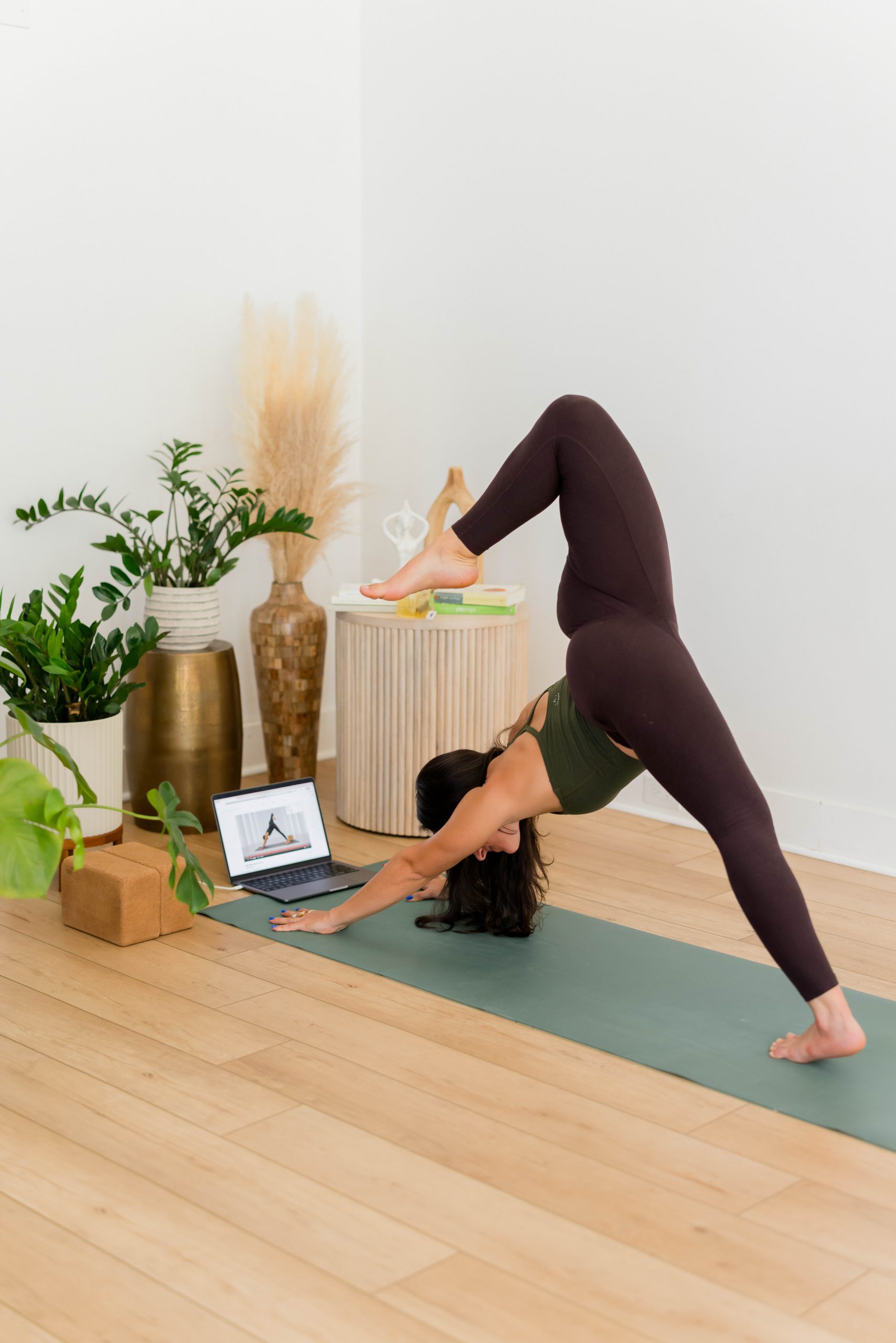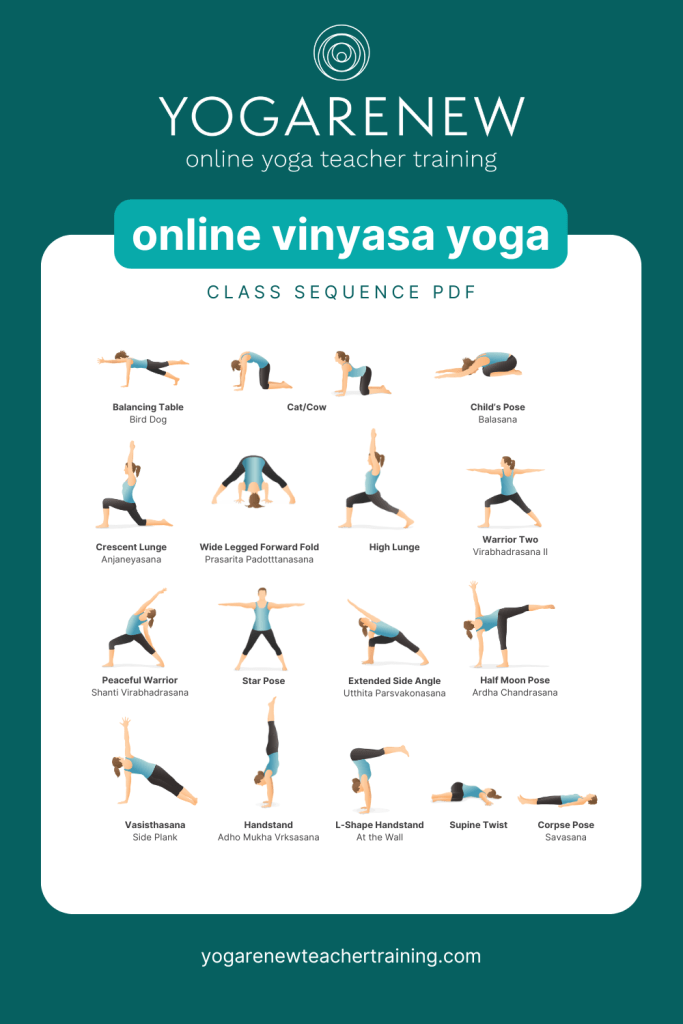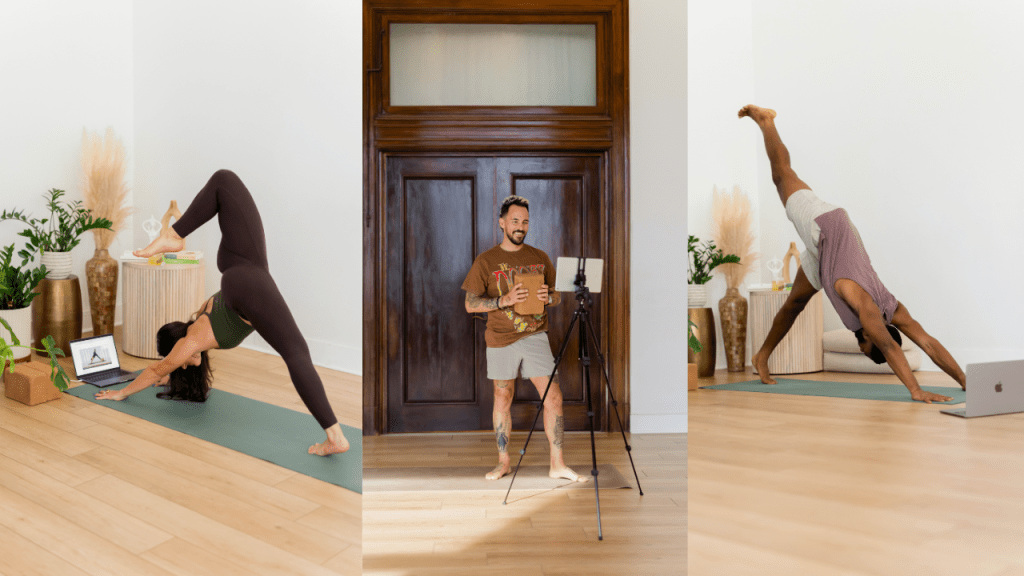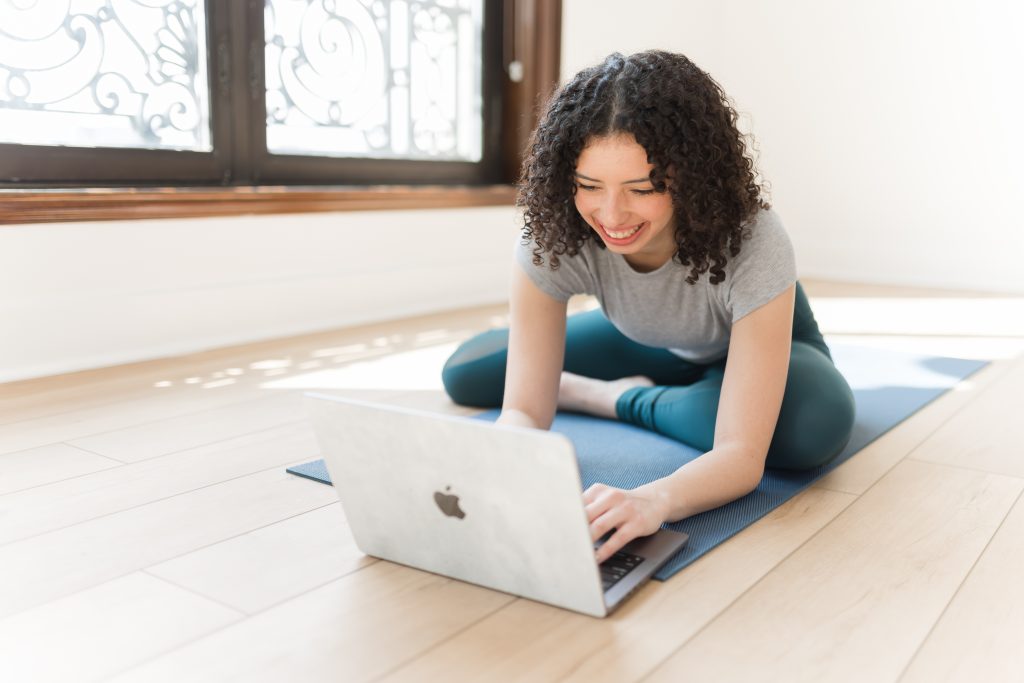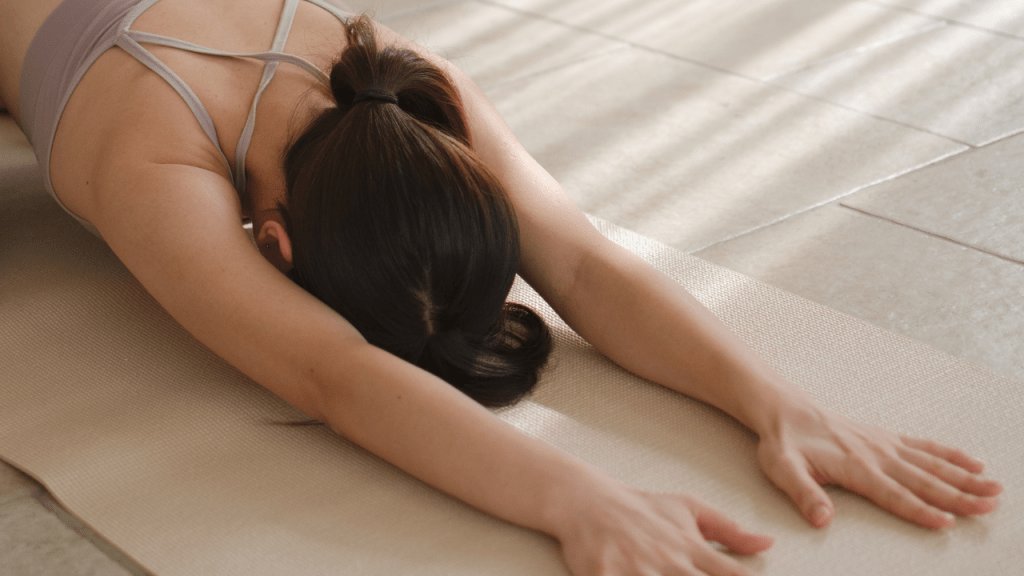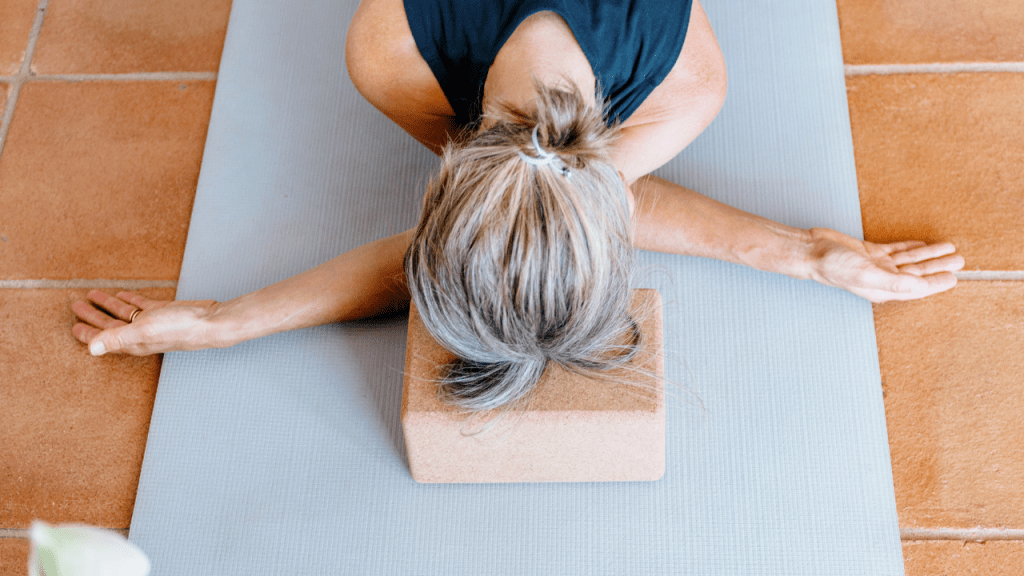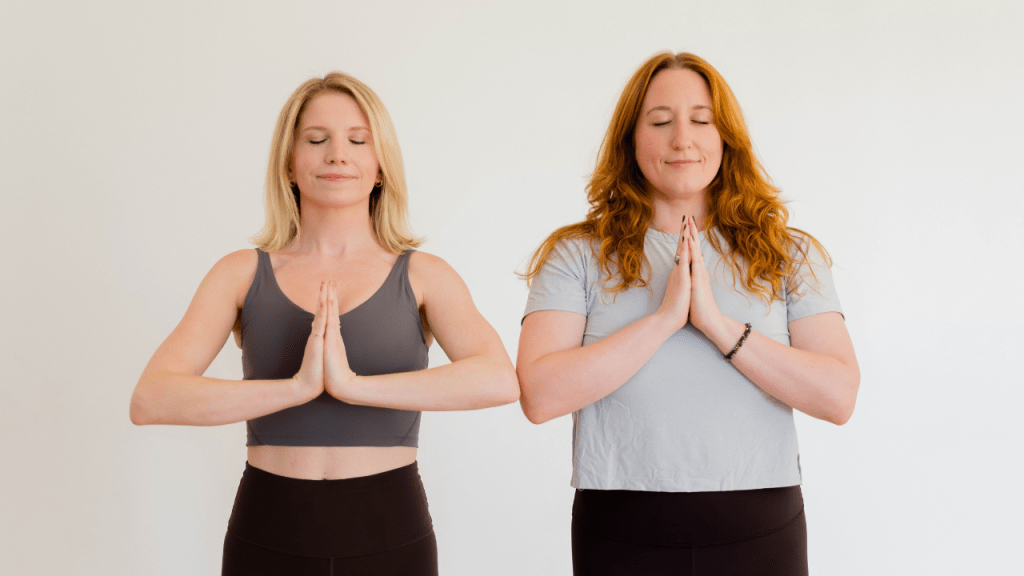
A friend of mine told me this story long ago – “I was a shy kid. Not really fitting in, no friends. Then one day a group of the “cool kids” asked me to come along with them to the store. When we got there, they said we should all run in as fast as we could, grab as much candy as we could, and then run out without paying. I had never stolen anything before, but I was desperate to be part of this group. My heart was beating so fast, I thought, young as I was, I was having a heart attack. My mouth was dry. I kept seeing my parent’s face in my head – the disapproval, the anger. I felt a little sick to my stomach, but in I ran with the others.
I was the slowest one, because my guilt stopped me from going at top speed, but I made it out of the store and several blocks away without being caught. For a week I was shaking – but then, the feeling of shame went away. And, when that group asked me to come with them again, I did. My heart didn’t beat as fast, I felt less shame, I got more candy. After that, stealing in this way, wasn’t a problem for me, in fact it became a habit, that took a very long time to break.”
I remember looking at my friend, who I now could not even imagine doing anything that wasn’t righteous and wonderful, and understanding that the process of going from being afraid of being caught breaking the law, to being nonchalant about it, was demonstrating what happens when something becomes habitual behavior. We all have habits, patterns, things that we do without really even thinking about them – it just seems like they are part of us. Where do these things come from? In Yoga, we would call these patterns Samskaras, and they reside in the mind.
The malleability of the Mind and Samskaras
It’s important to note that in Yoga, when we say the Mind (Citta), we aren’t talking about the brain. The brain is the thing that looks like cauliflower between your ears, while the mind is part of the subtle body. It’s not any less real than the physical brain, but not tangible in the way, say, your frontal cortex would be. The Mind is not hard like a stone or a piece of wood – it’s more like a ball of clay – completely malleable, totally changeable. Everything we see, smell, touch, hear, feel and experience makes an impression on the Mind. Those imprints are called Samskaras. Knowing this fact lets us know that we really can change our minds. Not just “I changed my mind, and I am going to wear my blue shirt, instead of my grey one.” But, like a sculptor creates a vase out of a lump of clay, we have the ability to change the very shape of our Mind, and therefore change the very outcome of our lives – for where does everything in our lives actually stem – our Mind!
The thoughts that our mind produces are the engine to our actions. When we understand that, it spurs us to be more mindful about what we allow into our Minds. Think of all the times that you read a label before you buy a food item, or check the ingredients before you put something on your skin – can we say we are that mindful about what we allow to roll around in our Minds? Each time we think a thought, a grove is created in our Minds, and the more we think it, the deeper the Samskara gets – going from a light stroke to a deep impression.
We can think of this only in the negative connotation, but it could be thought of positively, too. What modern day science calls affirmations, is simply the acknowledgement of Samskaras. When we read that we should speak optimistically to ourselves – this is the process of creating and then deepening Samskaras that will shape our Mind to be more the way we want it to be. This is why it is said, “What you say to yourself, WILL come true!” – because if you have spent a life time making Samskaras of it being okay to steal – then guess what – that’s exactly what you are going to do.
What the Yoga Sutras say about Samskaras
In the Yoga Sutras of Patanjali, the goal of Yoga is stated definitively as “Yoga citta vritti nirodha” – meaning that Yoga is the stopping of the turnings (or chatter) of the mind. We can think of the Samskaras as the thing that helps turn the mind (the seeds if you will) from where thought starts.
In the Yoga Sutras, we find this:
- 1.50 – The Samskaras born out of truth – bearing wisdom obstruct other Samskaras from emerging. Meaning, if we can create positive Samskaras, those can help us overcome the Samskaras that are not so good for us. We all have probably experience that it is easier to break a bad habit, by replacing it with a good one, as opposed to just trying to shut it down.
- 3.9 – The state of restraint, nirodha (the stopping of the turning of the mind) is when there is disappearance of outgoing (worldly) Samskaras and the appearance of restraining Samskaras. These emerge in the mind at the moment of restraint. Here we see how important Samskaras is to the goal of yoga! The first commentator on the Yoga Sutras – the great sage and writer, Vyasa says that the mind is made of Samskaras, and what is actually happening when we meditate is that we are not wiping away Samskaras, but rather creating Samskaras that are helpful, in that they are quieting the Mind – stopping the turnings of the Mind, so that – as the Yoga Sutra says – “Tada Drastuh Svarupe Vasthanam” – the Soul, that has been caught in the whorl of the Mind, can finally perceive itself. This is backed up by:
- 3.10 – The mind’s undisturbed flow occurs due to Samskaras – it is through these helpful Samskaras – that one can conquer the Mind. It is important to note that Samskaras do not evaporate – both the beneficial and the detrimental ones, remain either active, or inactive – but they are there. Another reminder that we must be careful what we put into our minds.
Creating Samskaras that are beneficial to us
I heard a speaker once say, “The subconscious mind cannot take a joke!” When we truly understand that the thoughts that we invite in, and then spend time unpacking – even if it does not turn into an outward action, is doing something to us in a very impactful way. It is digging a trench in your Mind – a Samskara. So, in our every day life, as we carefully keep harmful things out of our digestive system, and train ourselves to reach for an apple instead of a candy bar, we must do that with our Minds. This is the very heart of much of yoga philosophy.
The Yoga Sutras 2.33 says,
“Upon being harassed by negative thoughts, one should cultivate counteracting thoughts. Create a positive Samskara, and keep reminding yourself that you have the power to shape and control, the most powerful thing in your body – your Mind.”
Learn more about yoga philosophy with Julie!
Enhance your spiritual journey with incredible insight on the Yamas/Niyamas in Julie Pasqual’s immersive and transformative online course. Get started for free, and gain access to YogaRenew’s app with all of our workshops, classes, series and live events.


